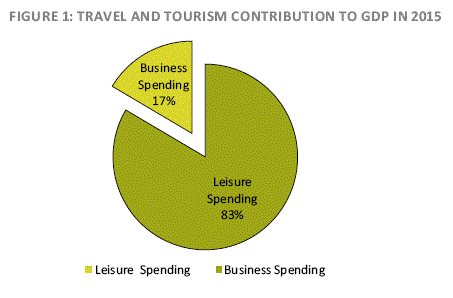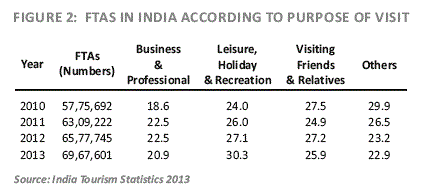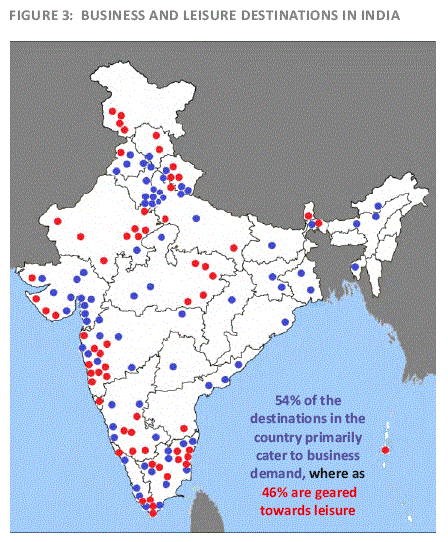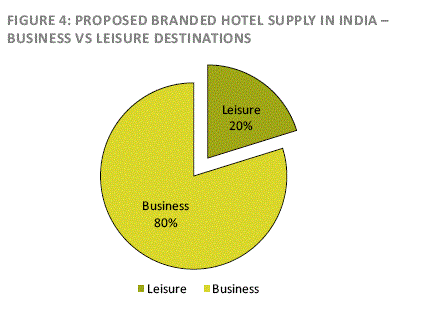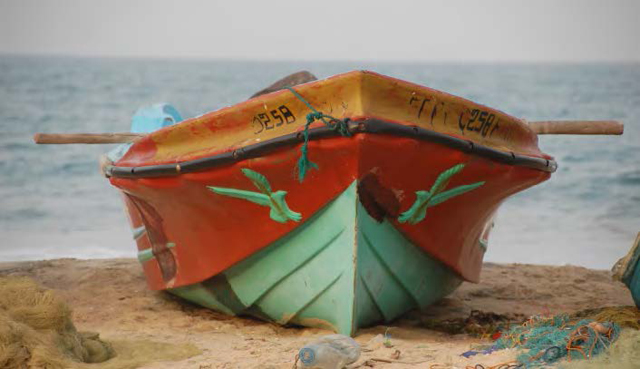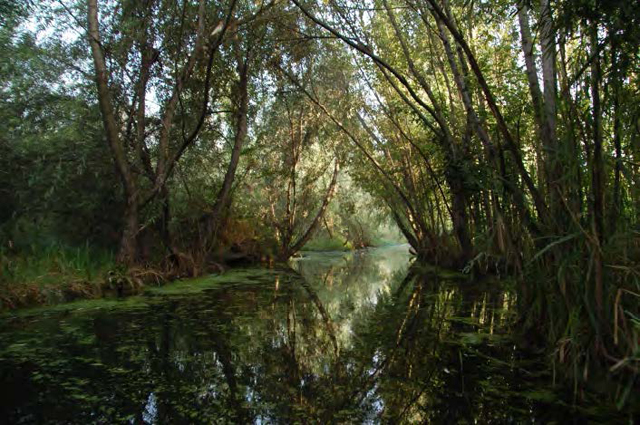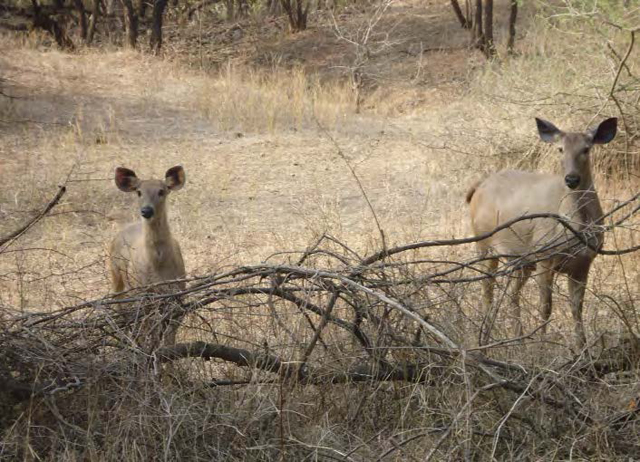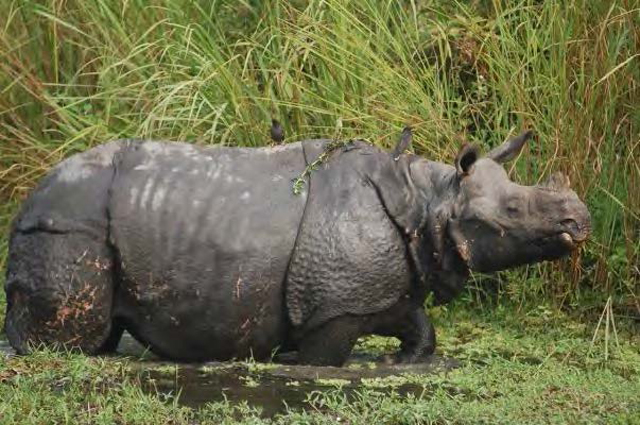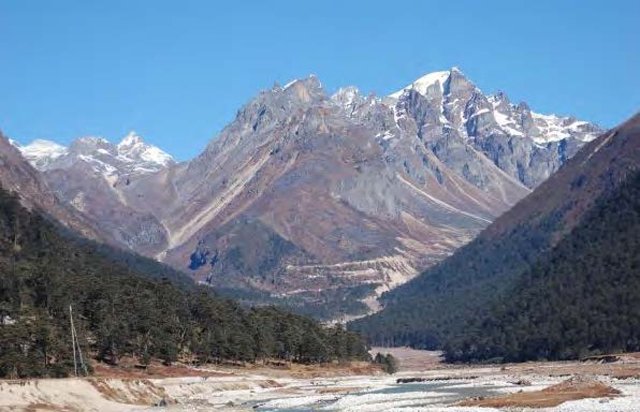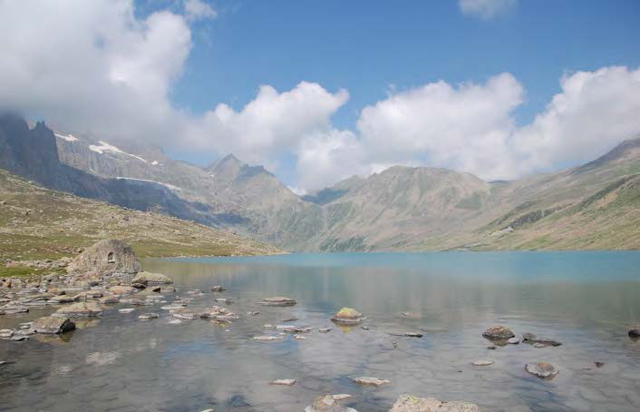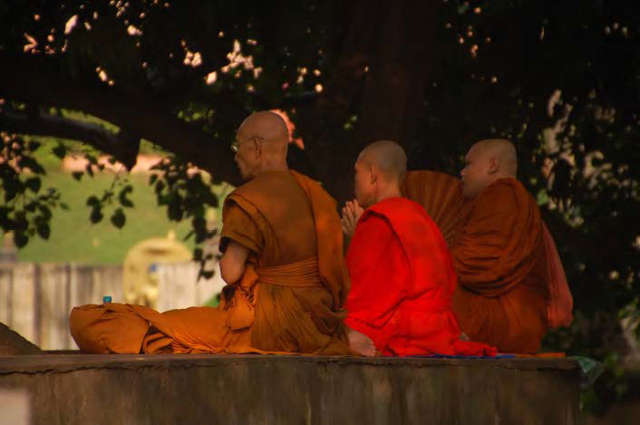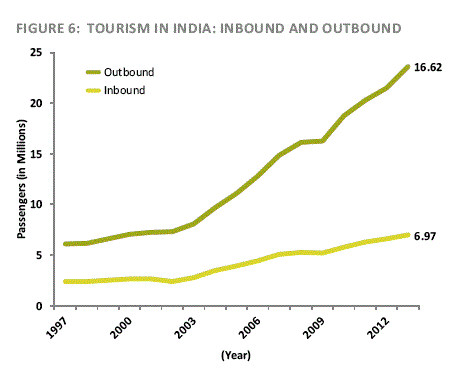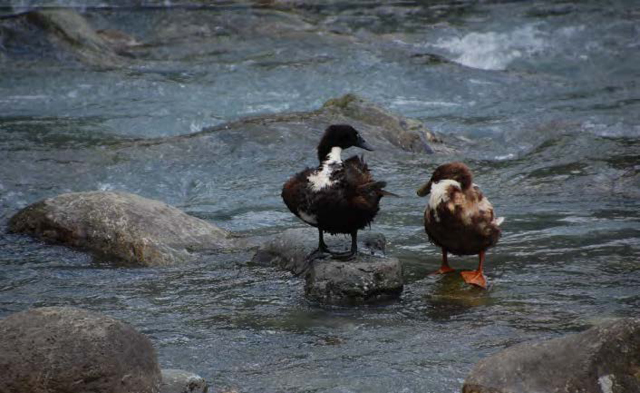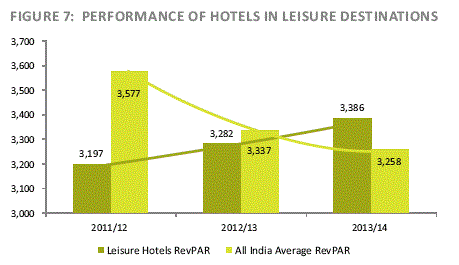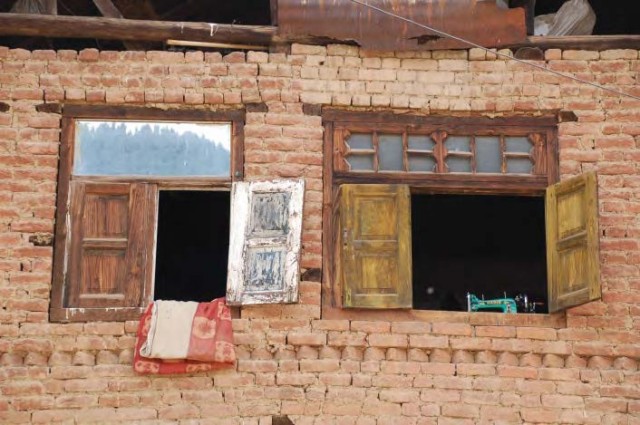
By Achin Khanna and Rishabh Thapar
Introduction
The article evaluates the past performance and potential that leisure destinations hold for hotel development and why hotel investors must more actively look at leisure destinations across India.
Travel and Tourism in India
Where are the spends?
India is well on its way to be the third-largest economy in the world after China and the USA and the direct contribution of Travel & Tourism to the country’s GDP is forecast to grow by 7.2% per annum from `2,478.2 billion (2.2% of GDP in 2014) to `5,339.2 billion (2.5% of GDP) by 2025¹. According to the World Travel and Tourism Council (WTTC), leisure travel spends (inbound and domestic) generated 83.5% of direct Travel & Tourism GDP in 2014 compared to 16.5% from business travel spends. During the same period, domestic travel spending generated 81.4% of direct Travel & Tourism GDP compared to only 18.6% for visitor exports (i.e. foreign visitor spends/international tourism receipts)².
Going forward, both leisure as well as domestic travel spending is forecast to increase by more than 7% annually over the next decade highlighting the importance of the leisure segment and domestic tourism in the country, and pointing out to the wealth of opportunity to invest in leisure tourism.
As per the India Tourism Statistics 2013, more than 56% of the Foreign Tourist Arrivals (FTAs) in India visited the country for leisure and recreation (30.3%) and visiting friends and relatives (25.9%) while the business and professional segment comprised 20.9% of the total FTAs in 2013.
The share of leisure visitation has increased both in absolute numbers and as a percentage of total FTAs over the last three years, pointing out to the rising demand from the inbound leisure segment.
Organized Hotel Sector – Business Vs Leisure
Where are the rooms?
As per the 2014 Hotels in India Trends and Opportunities Report, there are more than 100,000 rooms in the organised hotel market in the country. Of this, approximately 80% of the rooms comprise of hotels located in business destinations while leisure destinations only account for 20% of the inventory. This is even more surprising in light of the fact that 46% of the destinations in the country have leisure as their primary demand driver.
Operating hotels in leisure destinations, have been less lucrative for multiple reasons in the past. Some of these reasons include seasonality, inaccessibility, lack of quality manpower and high fixed/operating costs. As a result, today, amongst the proposed branded supply of 45,000 rooms under active development (being tracked by HVS) only 18% are in leisure destinations.
It, therefore, becomes both interesting and important to understand if leisure destinations are infact less lucrative than business destinations from a hotel investment point of view.
Performance of Leisure Destinations
The long-term CAGR for major hotel markets in the country demonstrates high growth in leisure destinations. There are only three leisure destinations among the major eleven hotel markets in the country; however, the year-on-year growth in RevPAR in these destinations (Agra 9.3%, Goa 7.1% and Jaipur 6.7%) has been the highest as compared to any business destination in the country for a period of 19 years!
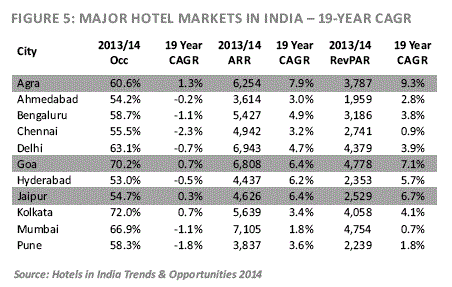
Furthermore, analysing the performance of the top 20 properties in the country by key performance indicators, while performance in terms of highest occupancy features a maximum number of business hotels, it’s the leisure hotels that dominate the list for both ARR and RevPAR. The top 20 hotels by occupancy in India (average 87%) feature 16 business hotels and 4 leisure hotels, however, the top 20 hotels in the country by ARR (average `21,622) feature 19 leisure hotels and only 1 business hotel.
The top 20 hotels in India by RevPAR (average `17,487) feature 16 leisure hotels and only 4 business hotels.
Looking closely at some of the trends in leisure tourism the following section highlights the growth of various markets and the opportunities in leisure tourism destinations
Trends in Leisure Travel – Market Insights and Growth Opportunities
Backwaters and Beaches
Kerala, over the past decade, has emerged as one of the most sought after destinations in the country and hotel markets across this state have recorded continuous growth especially in Kovalam and Kumarakom (RevPAR growth of 6% in the last three years). Goa continues to be one of the strongest hotel markets in the country with a RevPAR growth of 7% over the last five years. Though there has been a decline in the inbound movement from Russia (one of the biggest source markets for Goa) over the past year, the loss in business is expected to be substituted by the rising domestic tourism in the short to medium term.
While Goa and Kerala provide excellent opportunities for hotel investments there is still a vast coastline in India that has not been developed from a tourism perspective. Beach destinations along the east and the west coast especially within a driving distance from major cities such as Bengaluru and Chennai hold potential for the development of weekend resort destinations.
Islands of India present an enormous opportunity for tourism, which have thus far not been tapped into. The major hurdles for development in these locations are related to infrastructure and environmental clearances. The central government’s recent approval of the Sagarmala project, which envisages port-led development in 12 major ports as well as 1,208 islands may directly or indirectly help improve infrastructure along the coastal zones in the country and create opportunity for growth of tourism in these locations.
Wild life Destinations
In recent years, an impetus for tourism in wild life and game reserve destinations has come with efforts towards conservation of the natural habitats and establishment of quality resorts. Resorts recording some of the highest ARRs in the country are not along the ‘Golden Triangle’, Himalayas, or beaches of Goa/Kerala but in these wild life destinations. While Ranthambore in Rajasthan, Kanha in Madhya Pradesh, and Corbett in Uttarakhand (leisure and MICE destination) are better known reserves today, there are the likes of Kaziranga (Assam), Gir (Gujarat), Sunderbans (West Bengal) and many others where the tourist experience and quality resorts need to be developed. There are a number of wildlife/bird sanctuaries and national parks, which can be turned into established tourist destinations. The primary challenge with these destinations currently is the lack of support infrastructure and quality accommodation that facilitates tourism, poor accessibility, and inadequate marketing.
The Himalayan Retreat
The Shivalik and Lower Himalayan Ranges feature a number of established hill stations. Some of the more popular leisure destinations include Srinagar, Gulmarg, Leh, Manali, Dharamshala, Shimla, Mussoorie, and Nainital among others.
Shimla known as the Queen of the Hills is one of the most frequented destinations by domestic tourists. Shimla was the summer capital of British India and over the decades has grown from a seasonal market with high occupancies (in the peak summer months), to one with high weekend occupancies throughout the year. With tourist arrivals growing at over 9% over the past decade, hotels in Shimla now experience year round occupancies as high as 65%. An emerging recent trend across many popular hill destinations is the emergence of smaller sparsely populated leisure destinations in their neighbourhood. In case of Shimla, the erstwhile sightseeing spots around it including Kasauli, Chail, Naldehra, Kufri, Narkanda and Mashobra have become alternate holiday destinations in their own right. Though this growth had not translated into branded hotel supply, there has lately been an increased level of interest amongst some prominent domestic brands. IHCL (Taj), ITC’s Fortune and Golden Tulip have assets under development adding to the iconic Oberoi properties in the Shimla hills.
The state government’s plans to develop the infrastructure and accessibility are further likely to augment tourism especially the Meetings, Incentives, Conferences and Events (MICE) segment.
MICE is an important segment which can boost shoulder and off season occupancies in leisure destinations, especially if managed by a reputed hotel operator; case in point the recently opened JW Marriott in Mussoorie.
Similarly, a number of other Himalayan destinations can be developed into organised year round leisure hotel markets and quality branded products stand to gain immensely from the firs mover advantage in a number of these destinations. The under construction Vivanta by Taj in Rishikesh and the recently announced ITC’s WelcomHeritage brand in Leh are a great examples of hotel chains investing resources into leisure destinations.
Heritage Tourism
Forts, havelis and palace hotels are great ways of preserving, showcasing and sustaining the rich heritage of the country. Rajasthan, over the years, has established itself as one of the leading states displaying its royal heritage through its palace hotels. Destinations such as Sawai Madhopur, Neemrana, Gwalior, Agra, Khajuraho, Jaipur, Udaipur, Jodhpur and Jaisalmer boast of products designed in keeping with the heritage of the city/regions and are a great attraction to foreign as well as domestic tourists. Similarly, there are a number of other such heritage destinations that may be developed, examples include Ajanta and Ellora Caves, Chola Temples, Champaner, Konark, Ajmer and so on.
Resort Destinations
Luxury resorts in Rajasthan such as The Oberoi Udaivilas, Taj Lake Palace in Udaipur, The Oberoi Rajvilas and Rambagh Palace in Jaipur feature amongst the best resorts in the world (with an ARR ranging between US$ 400-450) and are destinations in their own right. The Oberoi’s vilas properties are a grand example of creating resort destinations with a rich Indian flavour. ITC’s Grand Bharat in Gurgaon is the most recent addition to the list of growing resort destinations in the country.
An important trend in case of their luxury/upscale leisure hotels is that quality hotel products and brand/operators tend to induce demand by themselves which maybe as high as 40-50%. Examples of successful upscale and upper upscale hotels that have opened in recent years inducing demand into the market include Vivanta by Taj – Madikeri, Coorg, Khyber Himalayan Resort & Spa, Gulmarg, Hilton Shillim Estate Retreat & Spa, Lonavala, Vivanta by Taj – Bekal, Kerala and the JW Marriott, Mussoorie.
The Untapped Northeast
There is little doubt about the fact that the Northeastern states in India provide a great opportunity for development and growth of tourism in the country. The region’s unique topography provides a harmonious mix of hill ranges, picturesque lakes, forest covers, national parks, mountain peaks, passes and varied fauna and flora. While the state and central governments in the past have recognised the potential and drafted frameworks to develop the tourism potential in the region, little has actually been done towards it. Lack of marketing, infrastructure/ transport facilities, and security are the main hurdles in the development of the region.
Historically dubbed as ‘the seven sisters’ (states of Arunachal Pradesh, Assam, Meghalaya, Manipur, Mizoram, Nagaland and Tripura) and Sikkim added as the eighth state to the North East Council, the region offers great experiences such as the tea gardens of Assam and Sikkim, Majuli River Island in Brahmaputra, wildlife safaris in Kaziranga, Tawang Monastery, Sela and Shungaster Lakes in Arunachal Pradesh, Nohkalikai Falls in Meghalaya, Neer Mahal (water palace) in Tripura, Mount Kanchenjunga on the border of Sikkim and Nepal, amongst many others. And, yet, the region remains unexplored with limited tourist visitation and lack of quality branded hotel accommodation.
Religious/Spiritual Tourism
Religious tourism is one of the largest segments within domestic tourism and holds great potential for budget to mid market hotels. Destinations such as Varanasi, Shirdi, Tirupati, Haridwar, Rishikesh, Dharamshala, Mathura and Bodhgaya have a large number of unorganised guest houses and budget hotels but very limited branded organised supply. Some of these locations would be better served by hotel investors and/or hotel brands acquiring and converting an existing budget/mid market property whereas others can be developed into resort destinations with upscale products.
Spiritual tourism, which concerns with self awareness/spiritual learning, is another segment that is growing in India attracting both domestic and inbound tourism. The growing interest in the Buddhist Circuit and Prime Minister Narendra Modi’s plans of developing world- class amenities on the Sarnath-Gaya-Varanasi Buddhist Circuit, presents a unique opportunity to develop a tourist circuit, which has historical and spiritual significance and incorporates interests of international groups including pilgrims, historians, explorers, and spiritual/leisure travellers alike.
More reasons to invest in leisure destinations
The rising middle class and growing Indian traveller
One of the biggest developments for the Indian hospitality industry in recent years has been the increase in domestic tourism. Furthermore, the size of outbound market (Indian nationals travelling abroad) has also grown by 11.6% CAGR (2004 to 2013) reflecting the growing spending capacity and propensity to travel by the Indian traveller. Figure 6 highlights the gap between the inbound and outbound travel in the country exphasising the need to focus on tourism and developing leisure destinations in the country.
The burgeoning middle class and increasing purchasing power has lead to a growth of 13.5% CAGR in domestic tourist visits to all states and union territories from 2004 to 2013.
Potential Inbound Tourism
The inbound and outbound comparison (Figure 6) is a clear indicator of the country’s relatively slow growth in the inbound travel segment when compared to the growth the country’s outbound tourism.
In 2013, India was ranked 42nd in the list of FTAs (6.97 million; France as No. 1 with 84.7 million FTAs). Interestingly, it is ranked 16th in tourism receipts (with an estimated US$ 18.44 billion; USA being No.1 with US$ 173.1 billion). These facts point out to the potential that the travel and tourism industry holds in one of the largest and fastest growing economies in the world.
India’s share among the world’s international tourism receipts has improved from 0.97% (rank 26) in 2004 to 1.54% (rank 16) in 2013, however, travel & tourism’s total contribution to GDP in India was only 6.7% in 2014 (Rank 130) as compared to the world average of 9.8% (and Asia Pacific average of 9.2%).
India attracts a small percentage of the world’s international tourist visitation and it is importanat to develop destinations, create infrastructure, accessibility, and marketing campaigns to attract tourists/increase the length of stay. To that effect, the incumbent government has made several announcements and developed plans for the promotion of tourism in the country.
Pro Tourism Government
The tourism initiatives announced by the central government after coming to power include developing tourism infrastructure, Clean Ganga campaign, investment into 5 tourism circuits, focus on railways to increase domestic tourism, inland waterways for transport and tourism, and the ‘Sachh Bharat Abhiyan’ campaign (India’s biggest cleanliness initiative).
The success of government of India’s e-Tourist Visa (eTV) extension can be gauged from the increase in the eTVs issued in the first six months of 2015, which recorded a tenfold increase (1,26,214 compared to 11,953 arrivals during the same period in 2014) as the facility was extended to 76 countries from the earlier 12 countries (till November 2014). This is a positive indicator and promises to bring an increased tourist inflow especially with the facility proposed to be extended to 180 countries by the end of the year.
MICE boosting occupancy during shoulder and off seasons
MICE is one of the fastest growing segments across the country. Cities such as Jaipur have seen MICE emerge as an important business segment for hotels. The availability of large-scale meeting facilities combined with a large room inventory has led to an increased number of residential events in hotels. Weddings and conferences are a very productive segment for leisure destinations during shoulder and off seasons, thereby enabling them to mitigate the vast disparities that used to exist between peak and off season occupancies. As a result, many upscale hotels in cities such as Udaipur and Jaipur position themselves as ‘Wedding Destinations’ to cater to the big fat Indian wedding. The growth in the MICE segment is likely to continue going forward and leisure destinations with good accessibility are likely to benefit immensely from this segment.
Weekend Travel/Staycations
With the increasing urban population and rising weekend culture in the country, a large part of the working population today indulges in quick getaways over weekends to nearby destinations. Examples include Lonavala and Mahabaleshwar for Mumbai and Pune; Neemrana, Damdama, and Sohna for Delhi-NCR; Coorg and Mysore for Bengaluru; and East Coast Road (ECR), Mahabalipuram and Puducherry for Chennai. Some of these are in fact single resort destinations as in the case of Neemrana (Neemrana Fort), Sohna (Westin) and Damdama (Gateway by Taj). Today, travellers look for unique experiences beyond traditional holiday destinations making small offbeat destinations and boutique resorts with good accessibility also viable.
The Math
In 2013/14, the organised hotel market in the leisure destinations (67 destinations, approximately 20,000 rooms) recorded an occupancy of 56.8% as compared to the business destinations recording 59.4% (resulting in an All India average of 58.9%).
The ARR for leisure destinations is much higher as compared to the All-India average as well as the average of hotels in business destinations resulting in a higher RevPAR.
The gap between average occupancy of leisure destinations and the all India average has been reducing over the last three years.
On the financial performance, among the seven major cities, Goa had the highest net income (as a percentage of topline) recorded at 34.9% for the 5 star and 5 star deluxe categories and 30.6% for the four star and three star categories³. Among the 13 smaller emerging cities, three of the highest four net incomes were again recorded by leisure destinations – Udaipur, Jaipur and Agra (Gurgaon being the business destination).
Conclusion
India, even with its vast and varied landscape and experiences attracts a minuscule 0.64% of the world tourism traffic. However, the landscape is changing in favour of tourism and increased leisure spends with the emergence of new leisure trends, influx of low cost airlines, initiatives such as the proposed extension of the e-Tourist Visa to 180 countries, focus on railways to increase tourism, development of pilgrimage and tourist circuits, campaigns such as the Swachh Bharat Abhiyan, and investment into tourism infrastructure.
From a hotel investor’s perspective, considering the development cost for a business and leisure hotel is not drastically different in India, the higher RevPARs combined with the incremental leisure spending on food and beverage, spas, travel and tours may in fact yield better returns in the medium to long run.
In conclusion, the favouring macro environment, need for quality branded accommodation and improving performance of leisure hotels merits the opportunity for investment in hotels across leisure destinations in India.
___________
¹ WTTC’s Travel and Tourism Economic Impact 2015
² Includes direct and indirect spending. Direct (32.4%) including services that deal directly with tourists such as airlines, hotels, travel agents and so on. Indirect (57.6%) including investment in new aircrafts or construction of hotels, tourism marketing, domestic purchases of goods and services by the sectors dealing directly with tourists – including, for example, purchases of food and cleaning services by hotels.
³ FHRAI Indian Hotel Industry Survey 2013-2014


